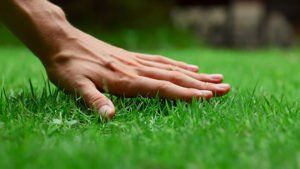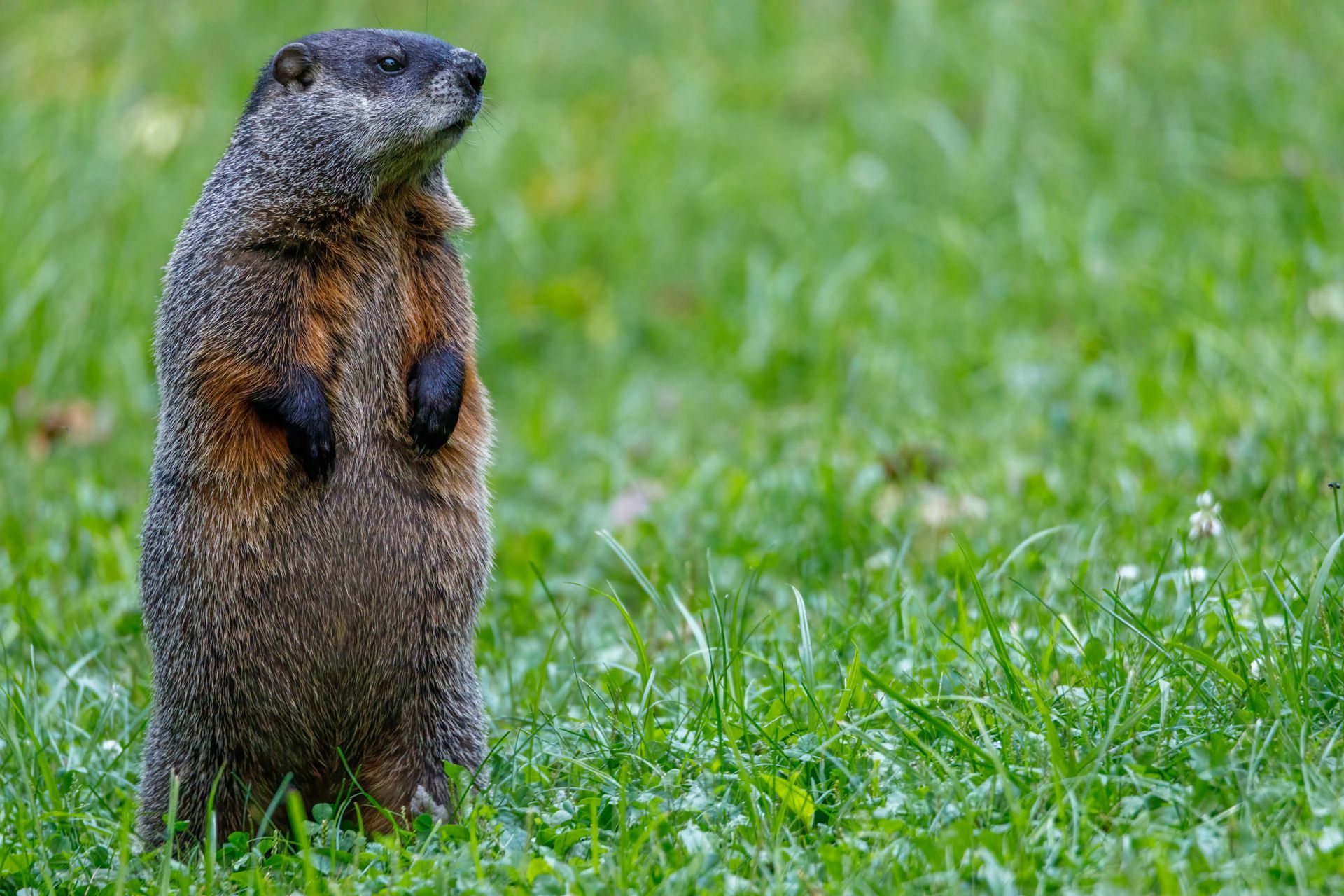Top 10 Spring Lawn Care Tips: Preparing Your Lawn for a Lush and Healthy Season
Expert Advice for Achieving a Vibrant and Resilient Lawn this Spring
The days are growing longer, and temperatures are rising, which means spring is here. Spring presents the perfect opportunity to rejuvenate your lawn after the harsh conditions of winter. Follow these top 10 spring lawn care tips to promote lush, green grass and thriving outdoor space.
Perform a Spring Clean-Up
Start the season by clearing debris, leaves, and fallen branches from your lawn. Raking away dead grass and thatch allows for better air circulation and sunlight penetration, promoting healthy growth.
Aerate the Soil
Over time, the soil in a grassy area becomes compacted, reducing air pockets for nutrients and water to reach roots. This can lead to dull-looking blades with little new growth each season. To combat this problem, consider aerating your lawn in early spring to loosen soil and improve nutrient uptake. Service providers like Your Green Team and NexGreen offer professional aeration services to enhance soil health and lawn vitality.
Overseed Bare or Thin Areas
Spring is an ideal time to overseed bare or thin patches in your lawn. Choose high-quality grass seed suited to your region and soil type, and distribute evenly over prepared areas. Water regularly to encourage germination and establishment.
Fertilize Appropriately
In early spring, fertilize your lawn with essential nutrients. Opt for a slow-release fertilizer tailored to your grass type and apply according to label instructions. Your Green Team, NexGreen, and other professionals offer customized fertilization programs to promote healthy growth and resilience.
Control Weeds and Pests
Address weeds and pests early to prevent them from taking over your lawn. Consider pre-emergent herbicides to inhibit weed germination and targeted treatments for common lawn pests. Professionals offer integrated pest management solutions for effective weed and pest control.
Adjust Mowing Height
Raise your mower blades for the first few mows of the season to avoid stressing the grass and encourage deep root growth. To maintain optimal health, aim to remove no more than one-third of the grass blade length at each mowing.
Water Wisely
Proper watering is one of the most critical factors in cultivating a beautiful, healthy lawn. Monitor soil moisture levels and water your lawn deeply and infrequently to encourage deep root development. We recommend watering early in the morning to minimize evaporation and fungal diseases. Consider installing a sprinkler system for efficient and consistent watering. A terrific way to ensure you are watering your lawn enough without overwatering is to use a tuna can. Place a tuna can in the path of your sprinkler, and once it is full, your lawn has had enough water!
Edge and Define Borders
Define lawn borders and edges to enhance the appearance of your landscape. Use a sharp edging tool to create clean lines along sidewalks, driveways, and garden beds for a polished look.
Monitor for Diseases
Look for signs of lawn diseases such as brown patches, mold, or discoloration. Address any issues promptly with appropriate treatments to prevent the spread of disease and preserve lawn health.
Seek Professional Assistance
For personalized lawn care solutions and expert advice, enlist help from professionals like Your Green Team or NexGreen. From customized fertilization programs to targeted pest control, their experienced technicians can help you achieve the lush, healthy lawn of your dreams.
Spring is the time to get your lawn into shape for the season. Proper lawn care is essential to keeping your yard looking great all year round, but it can be a lot of work. By implementing these top 10 spring lawn care tips and leveraging the expertise of lawn care professionals, you can enjoy a vibrant and resilient lawn that enhances your outdoor living space throughout the spring seasons and beyond.
Critter Repellent All Natural Animal Repellent Blog













